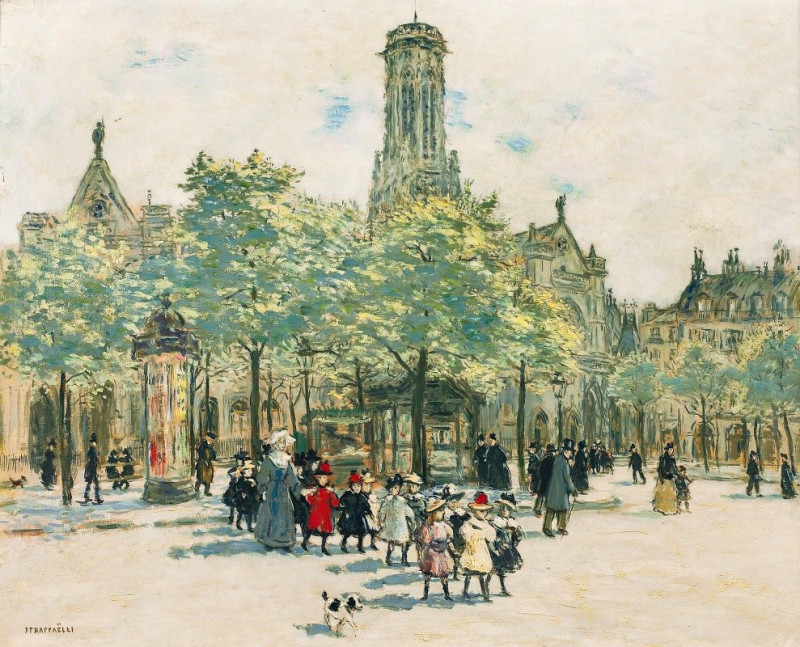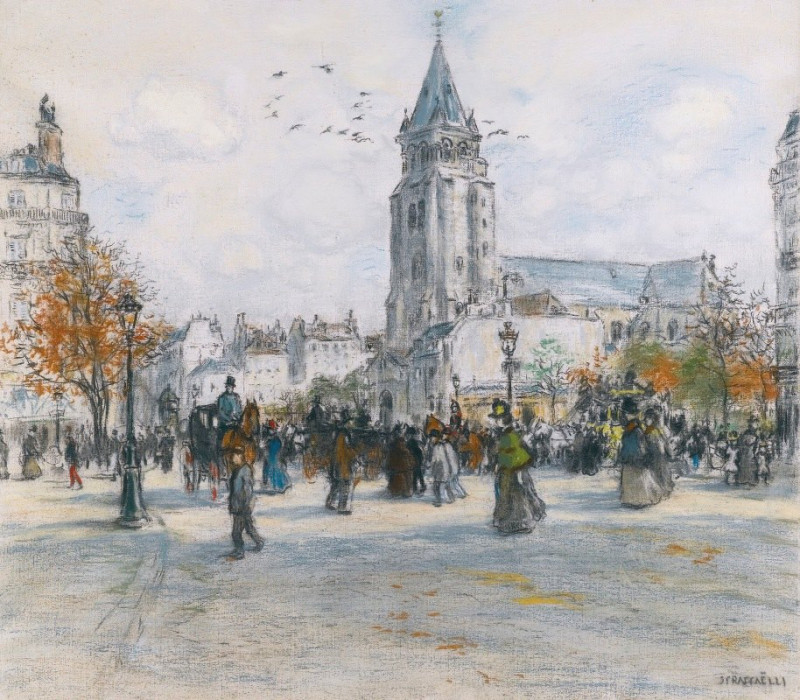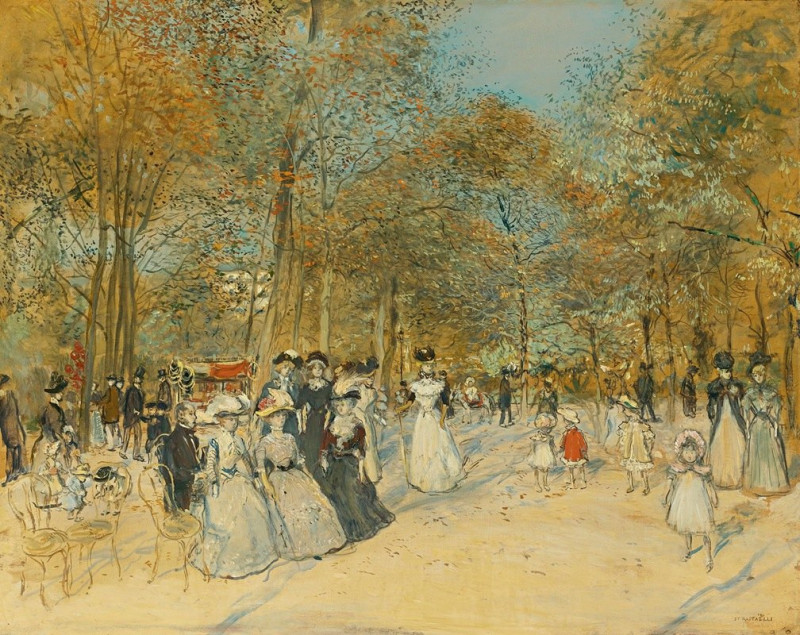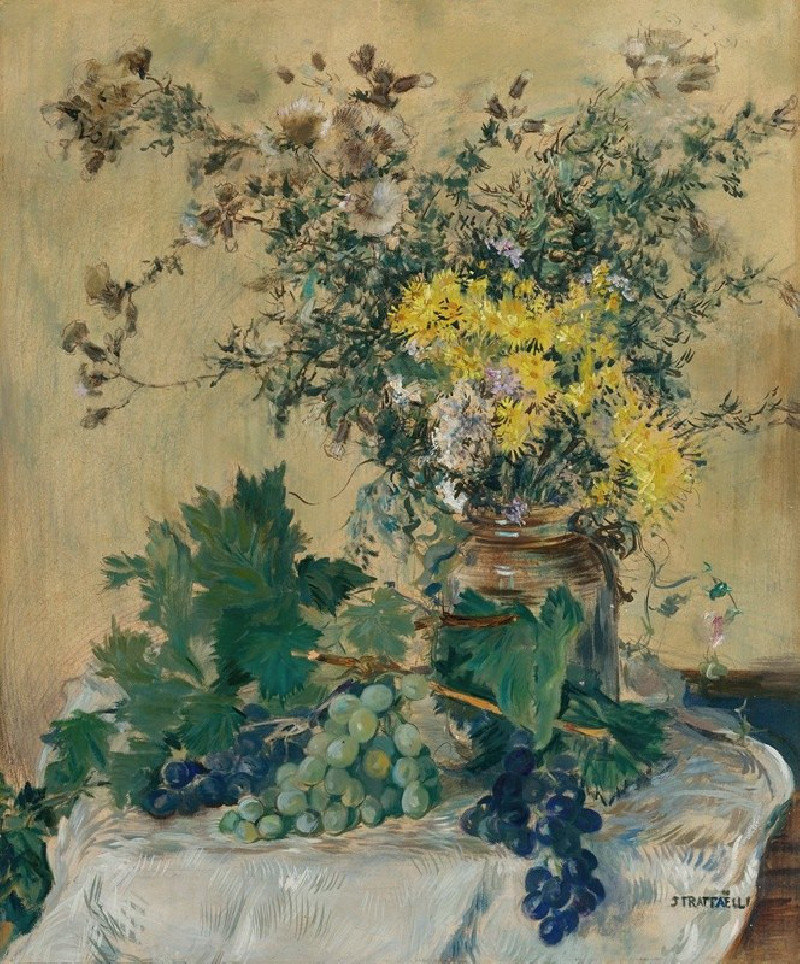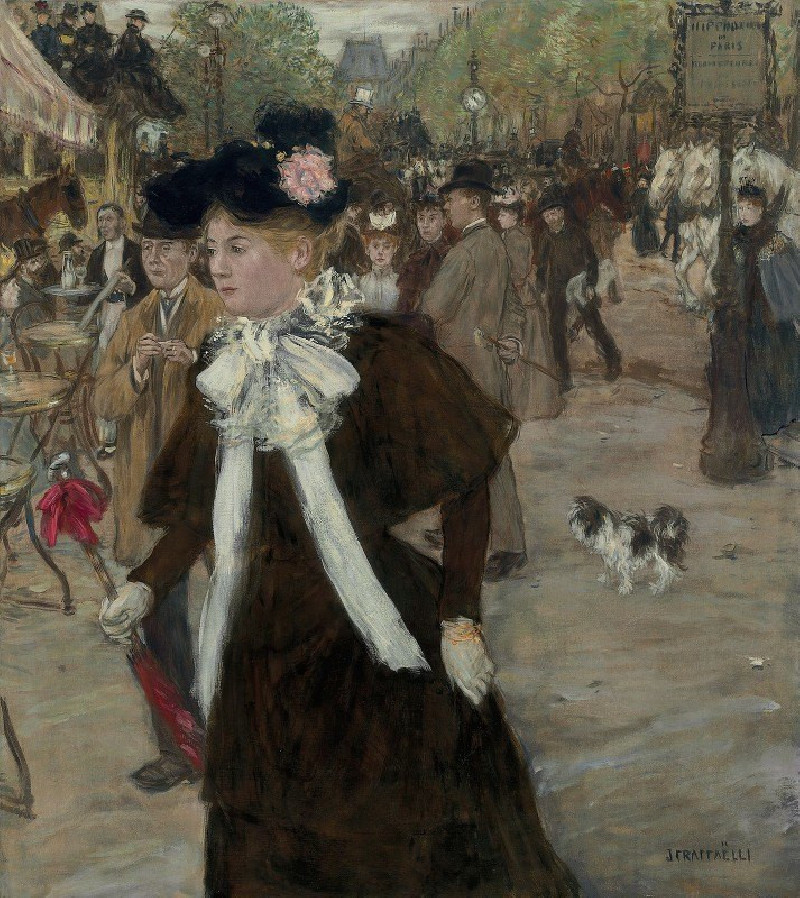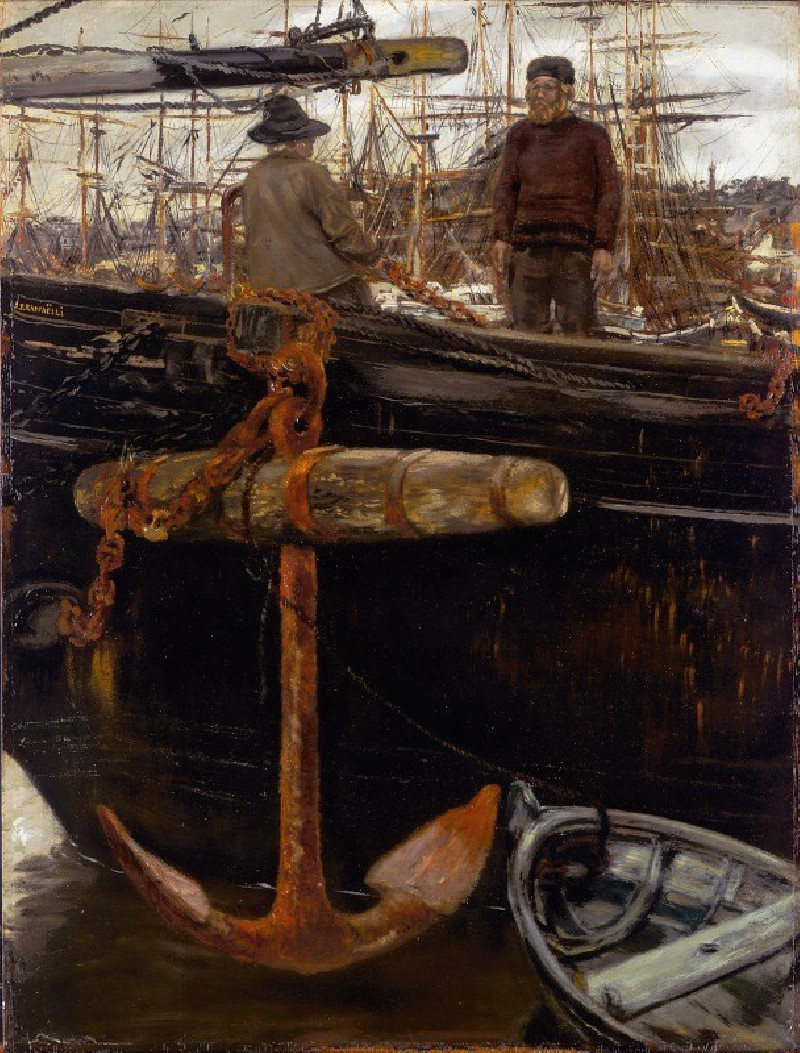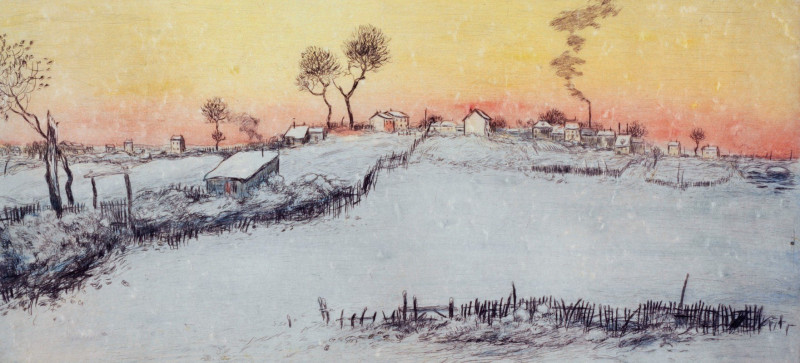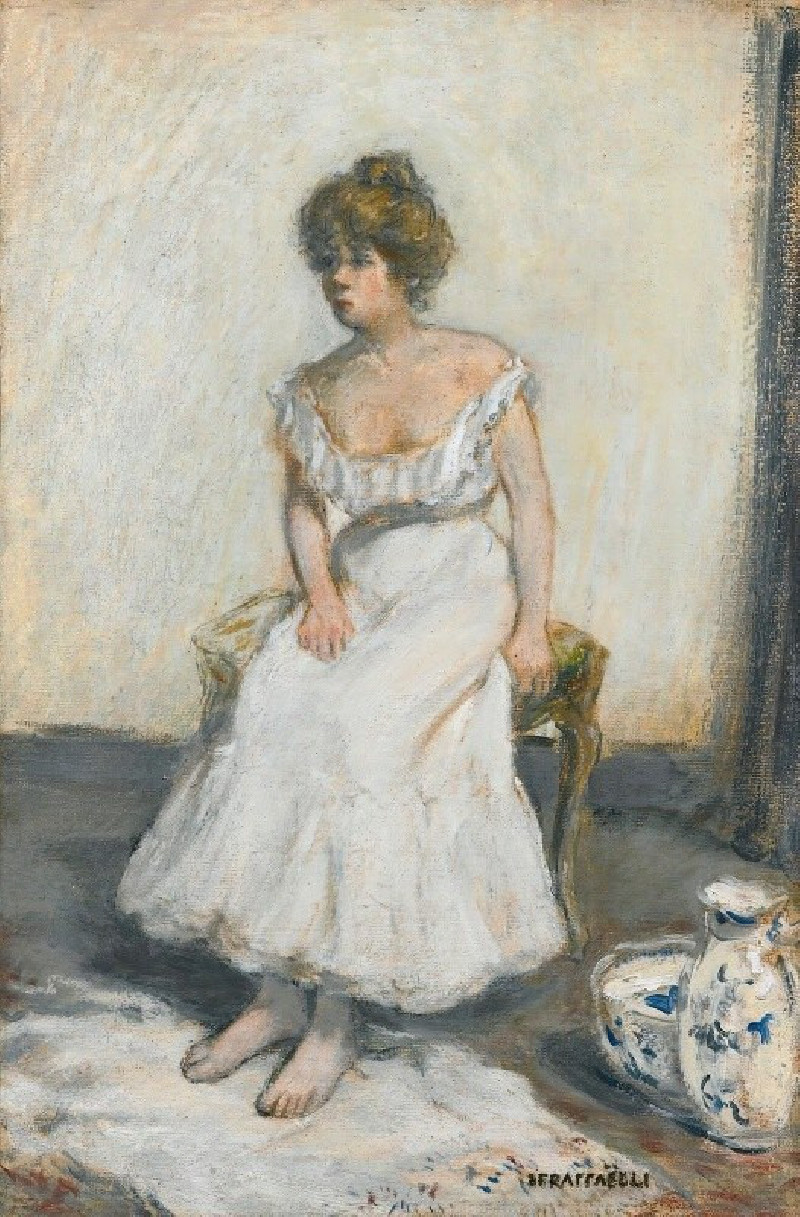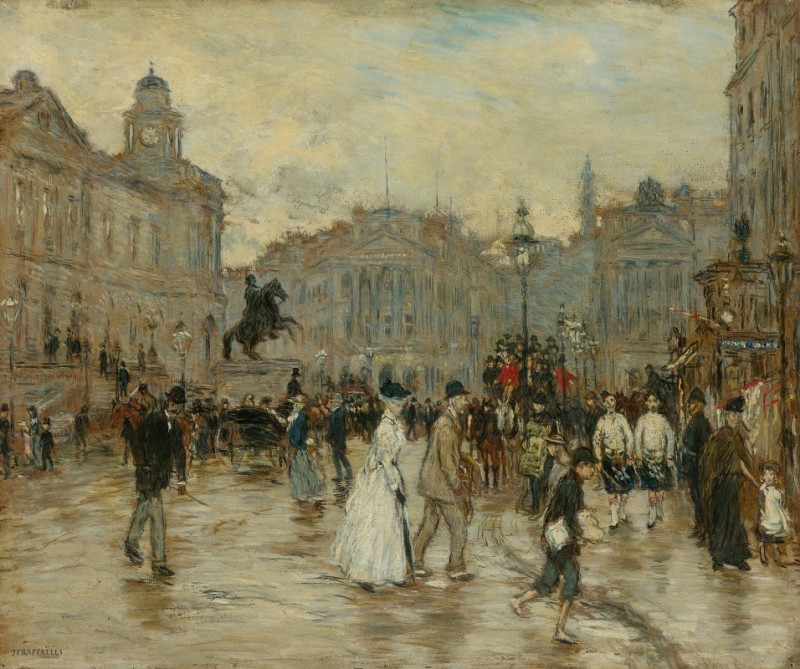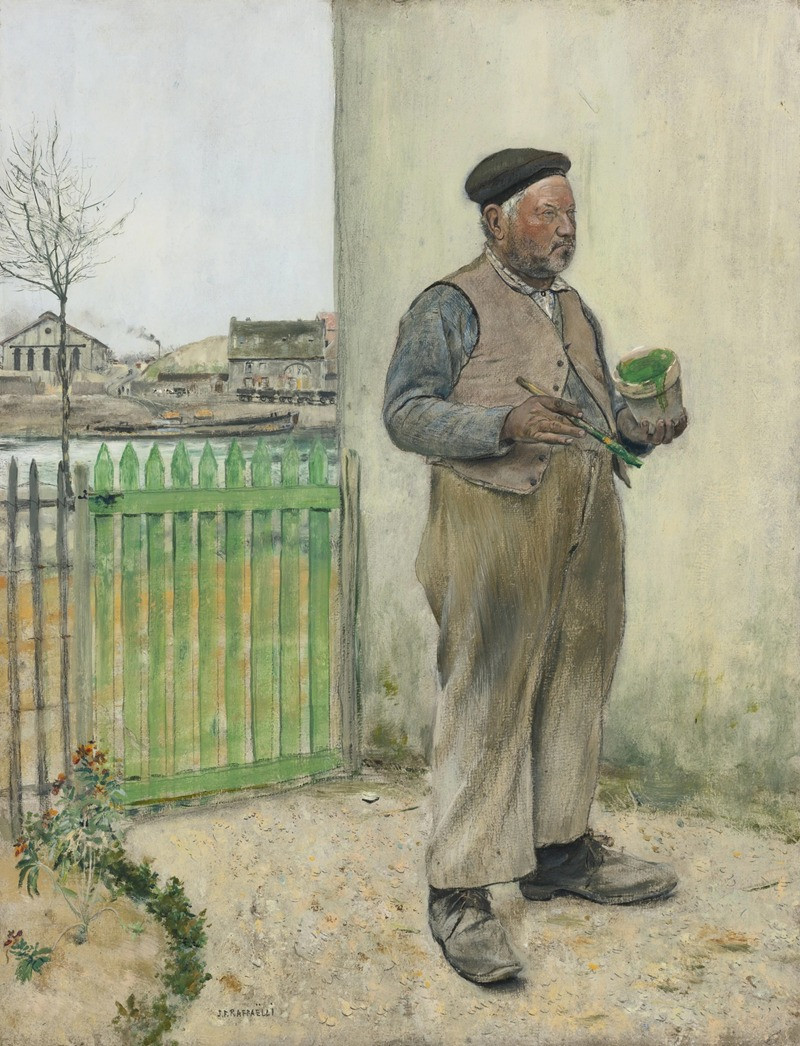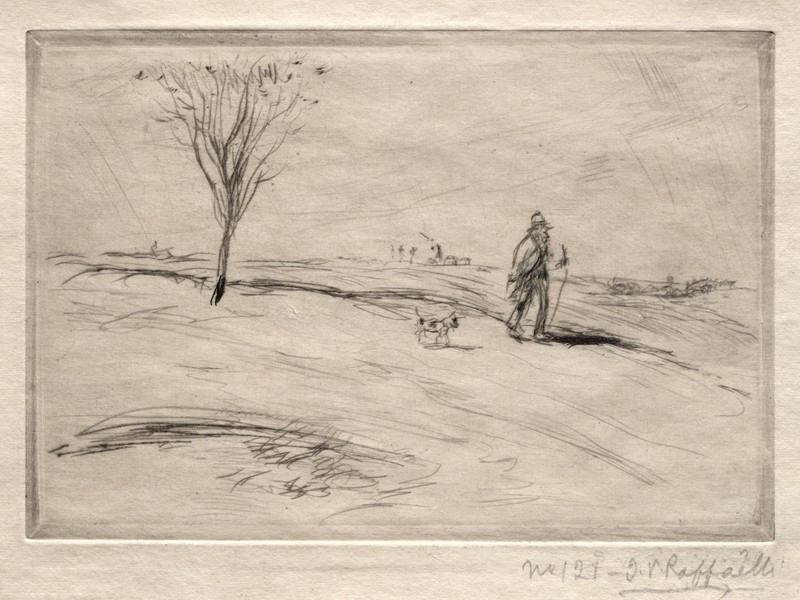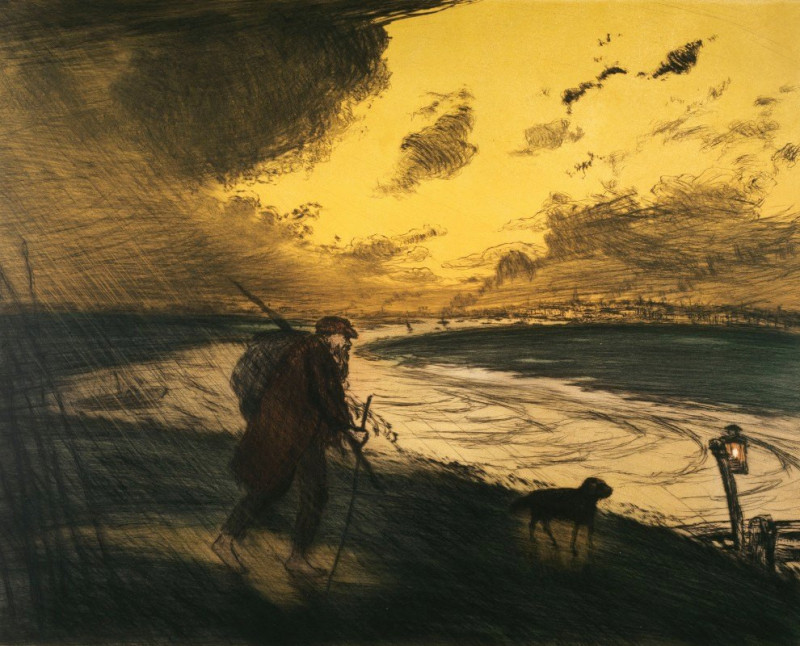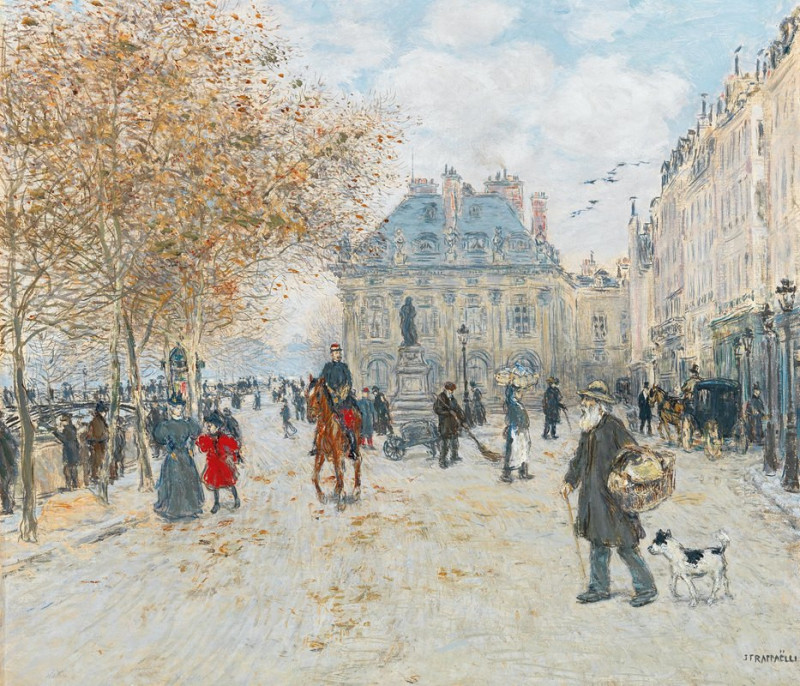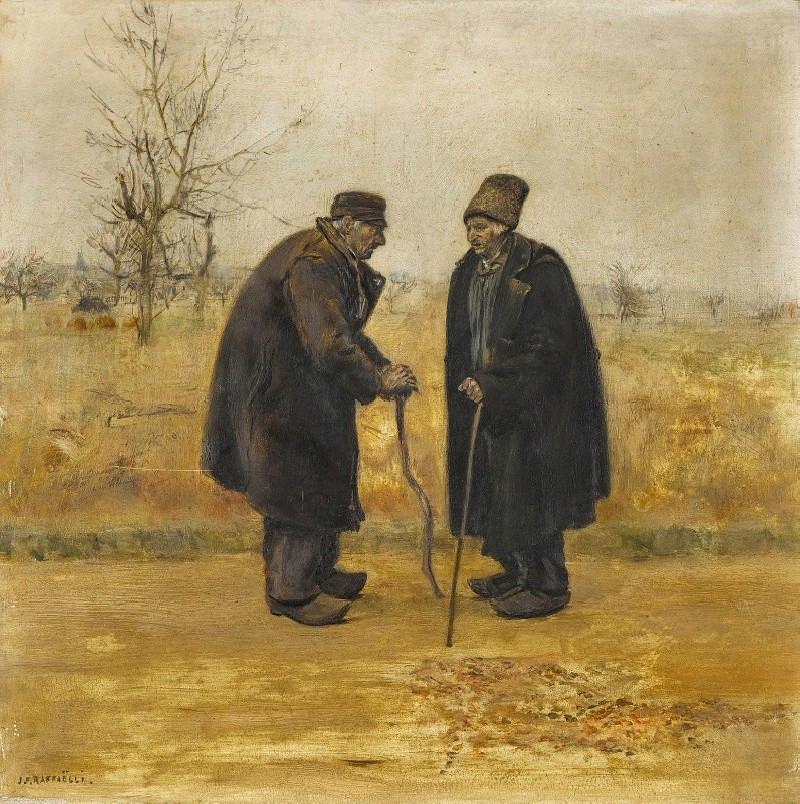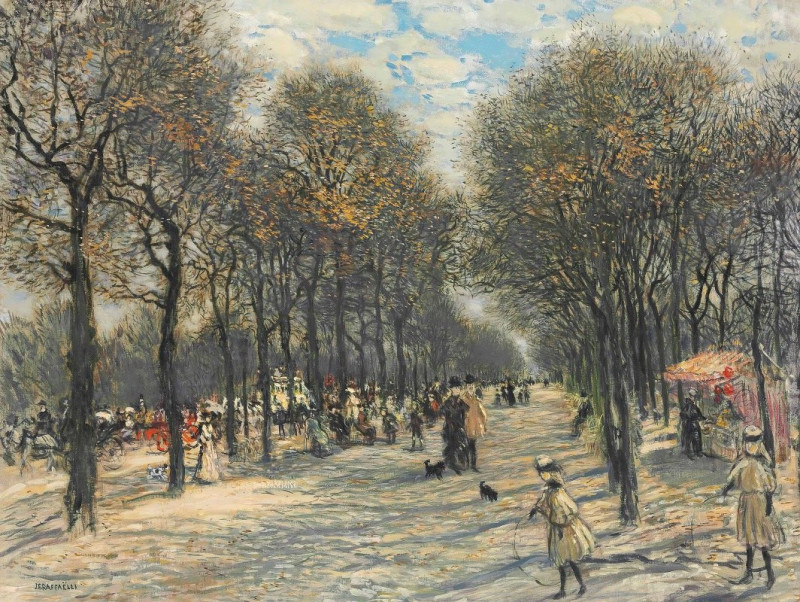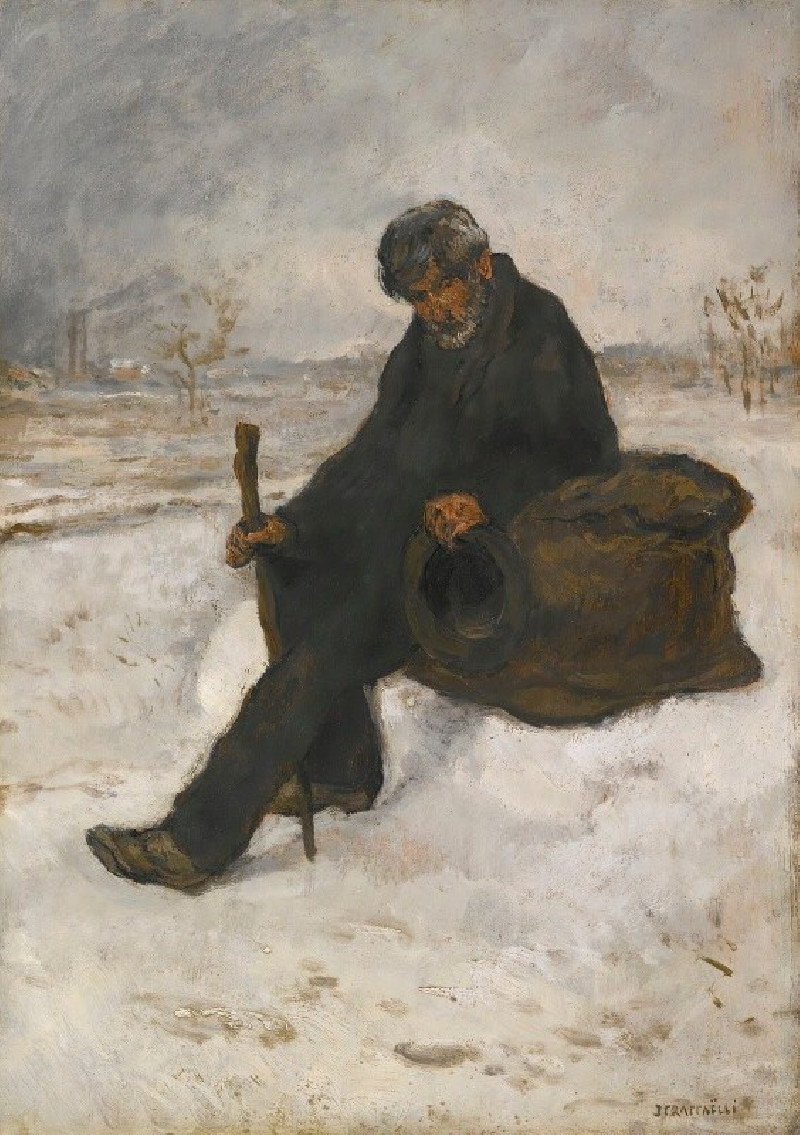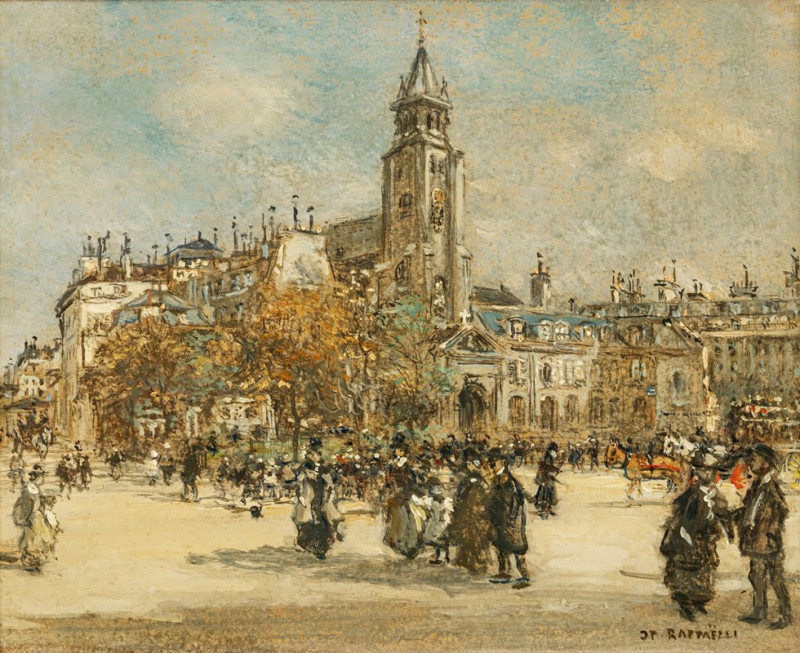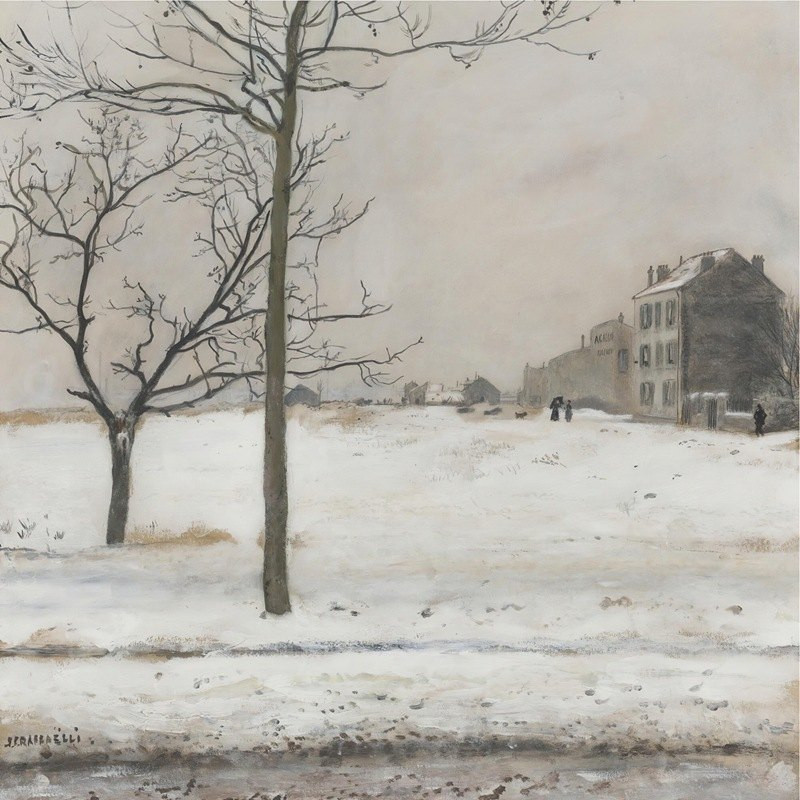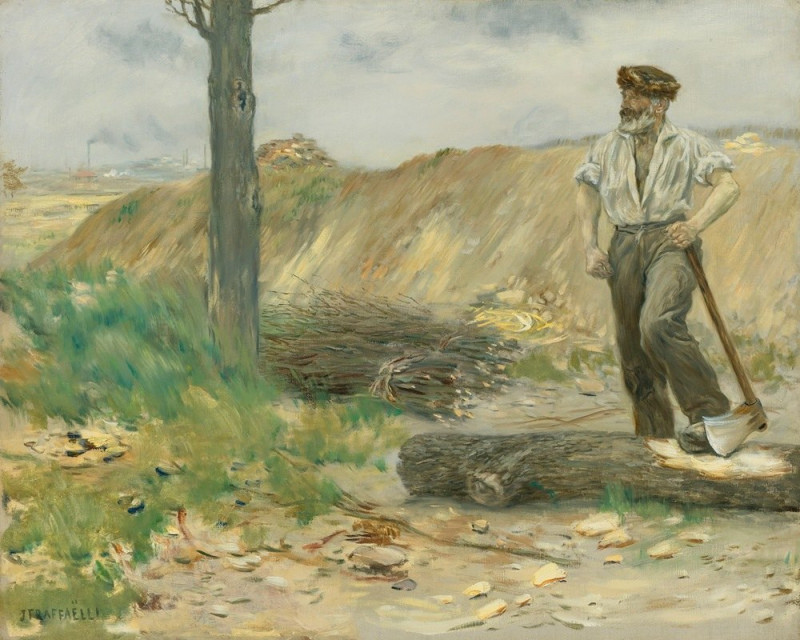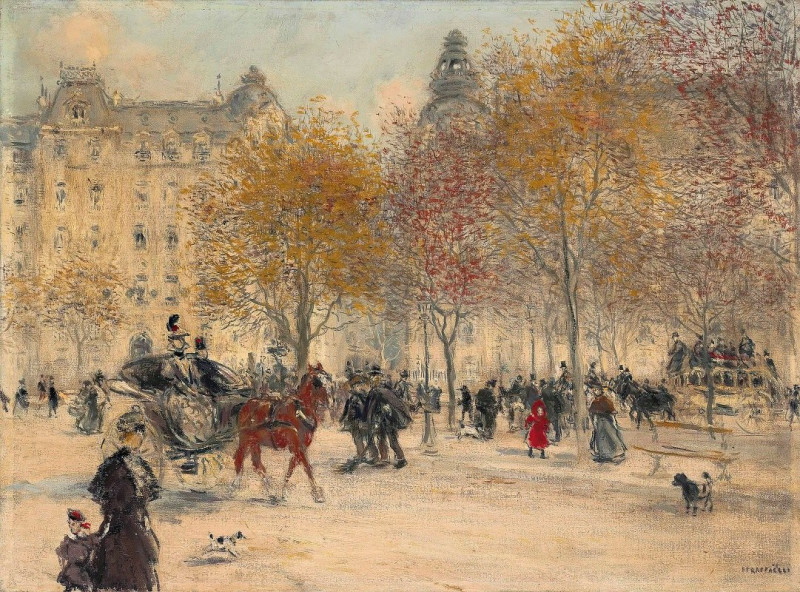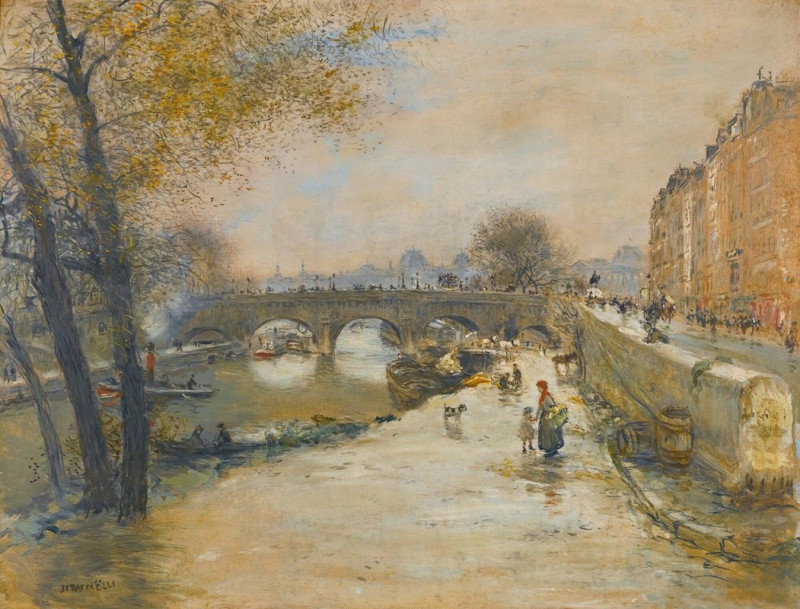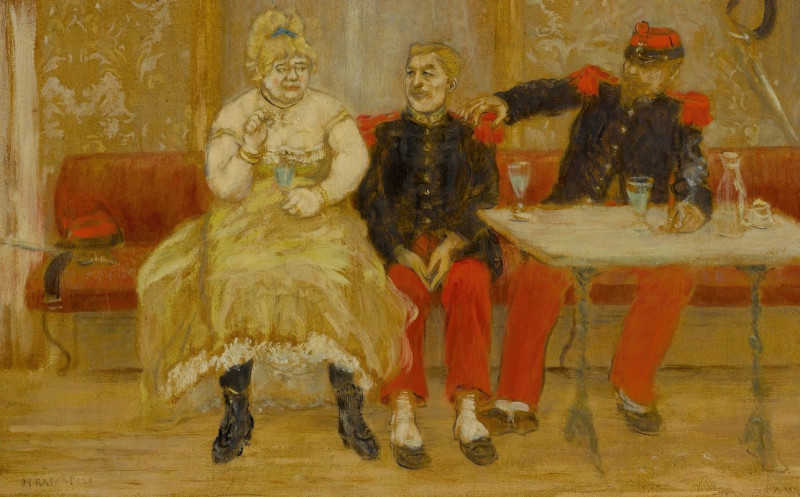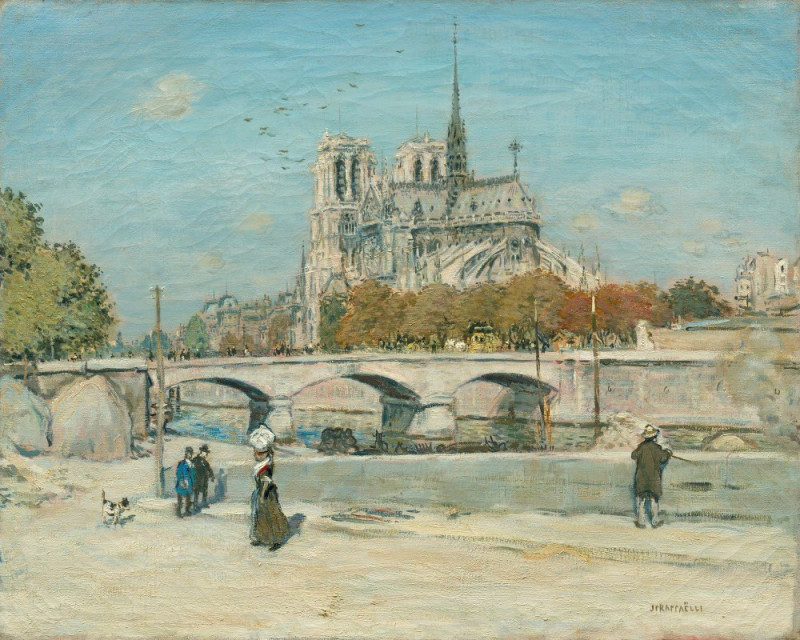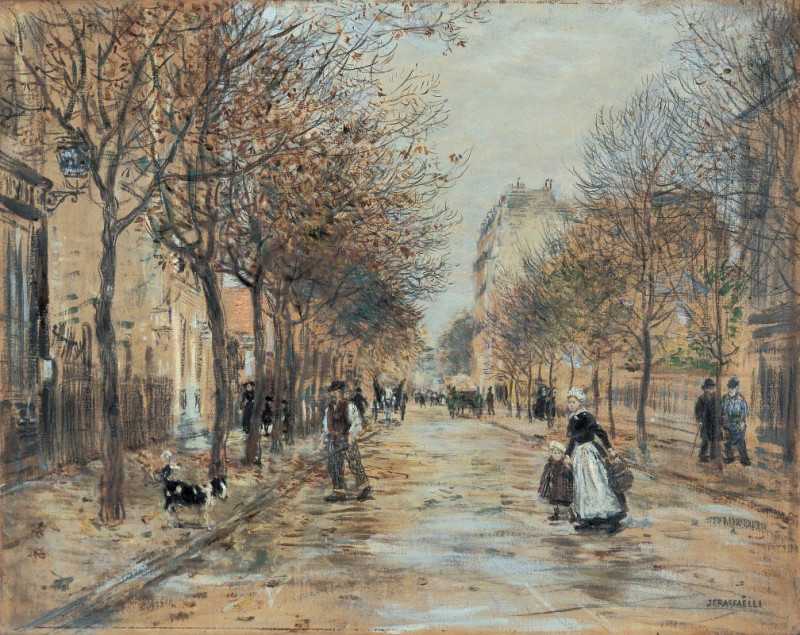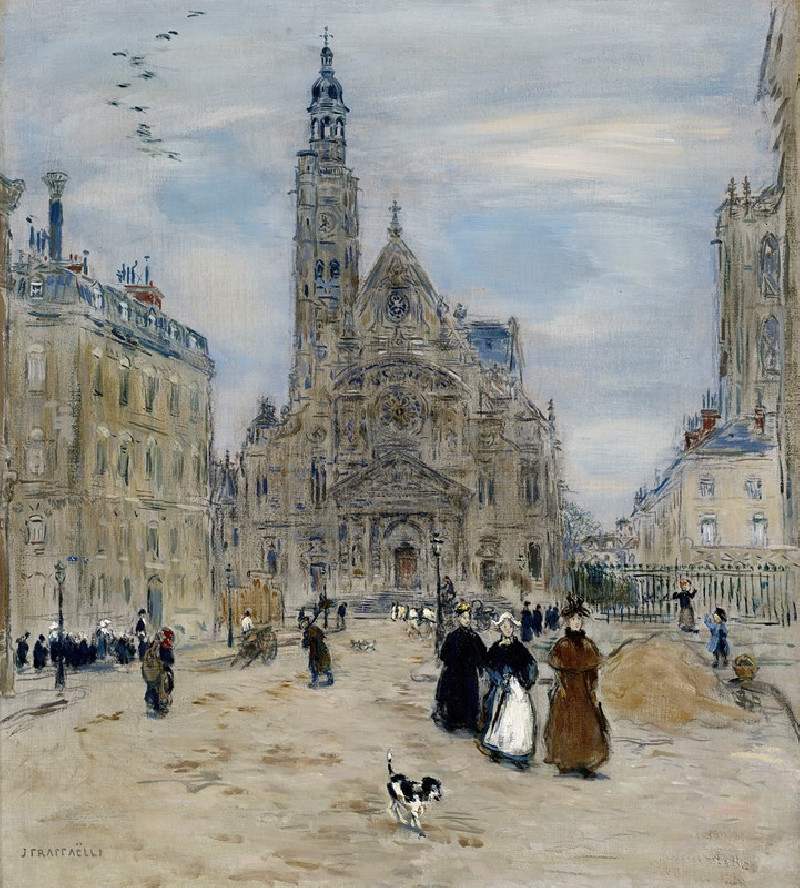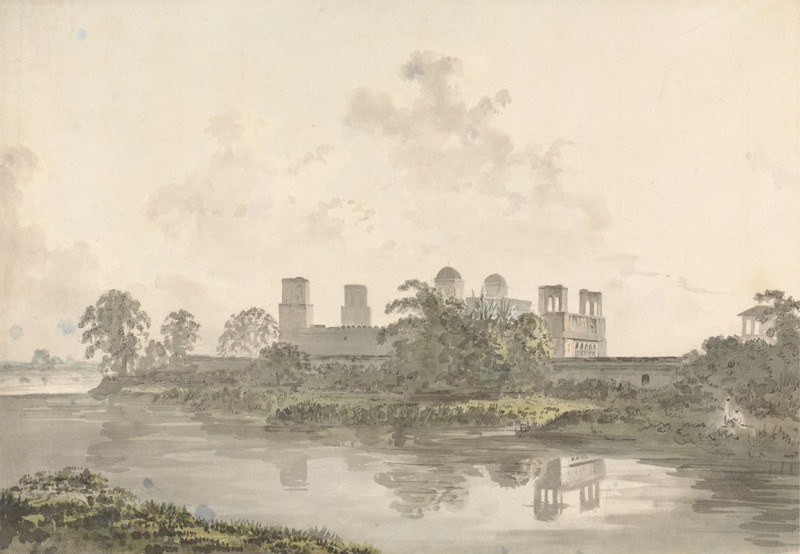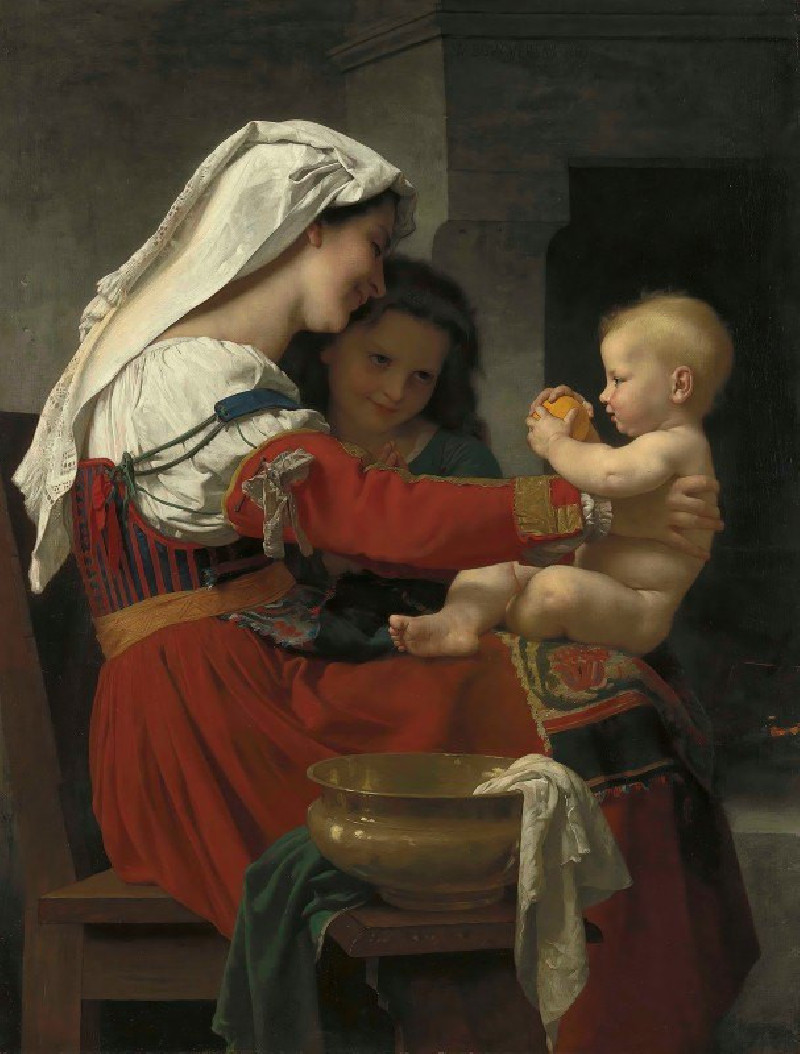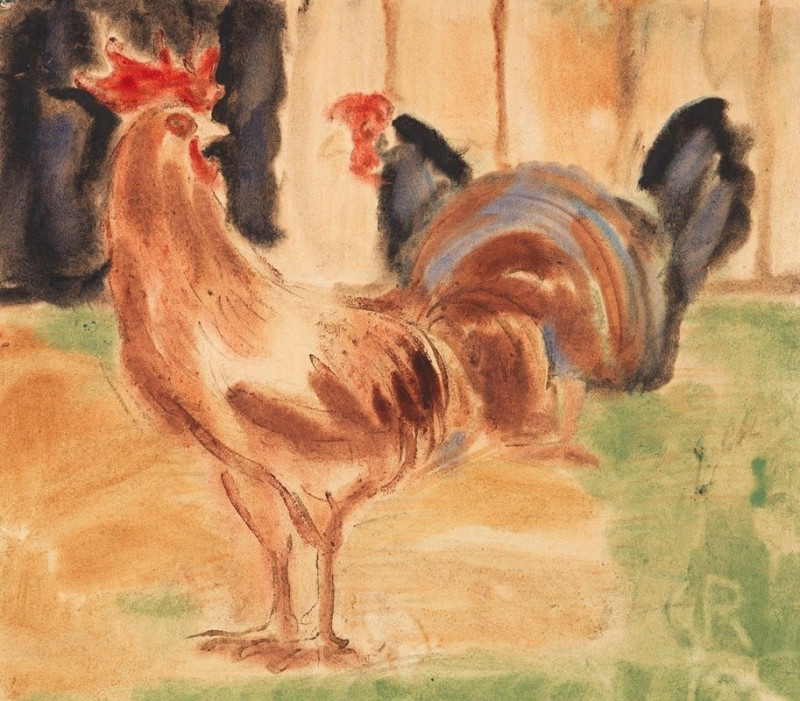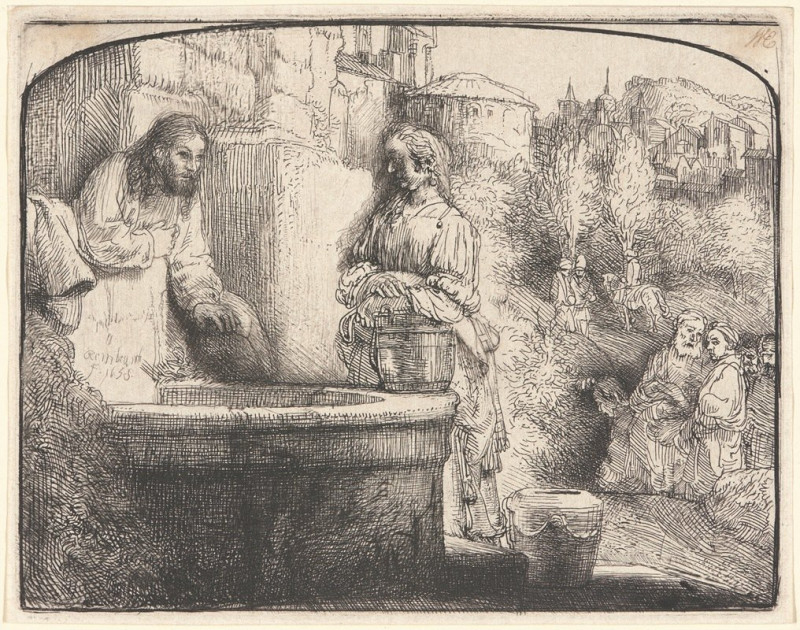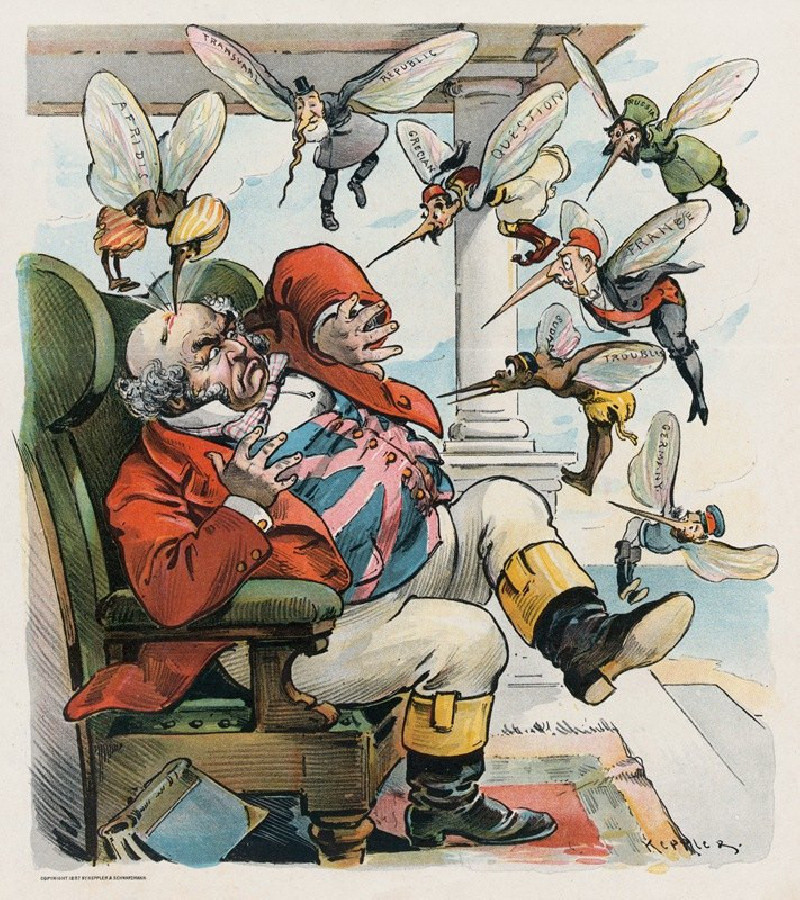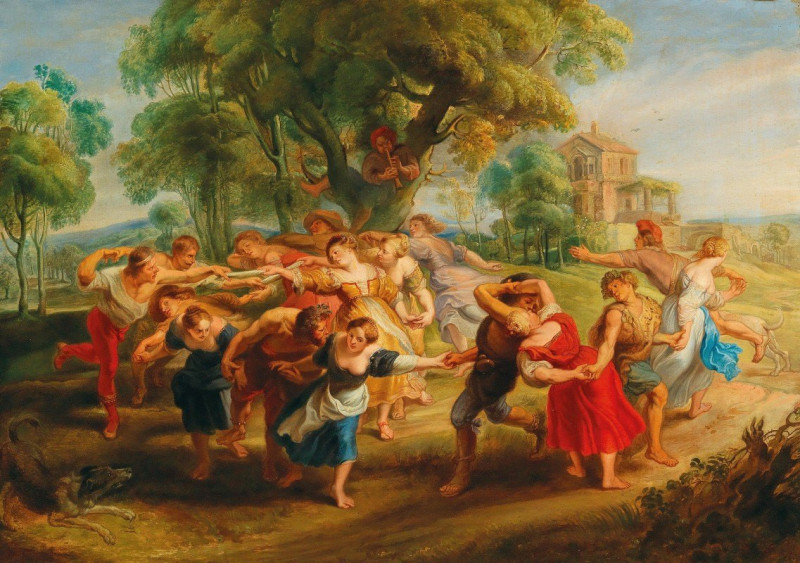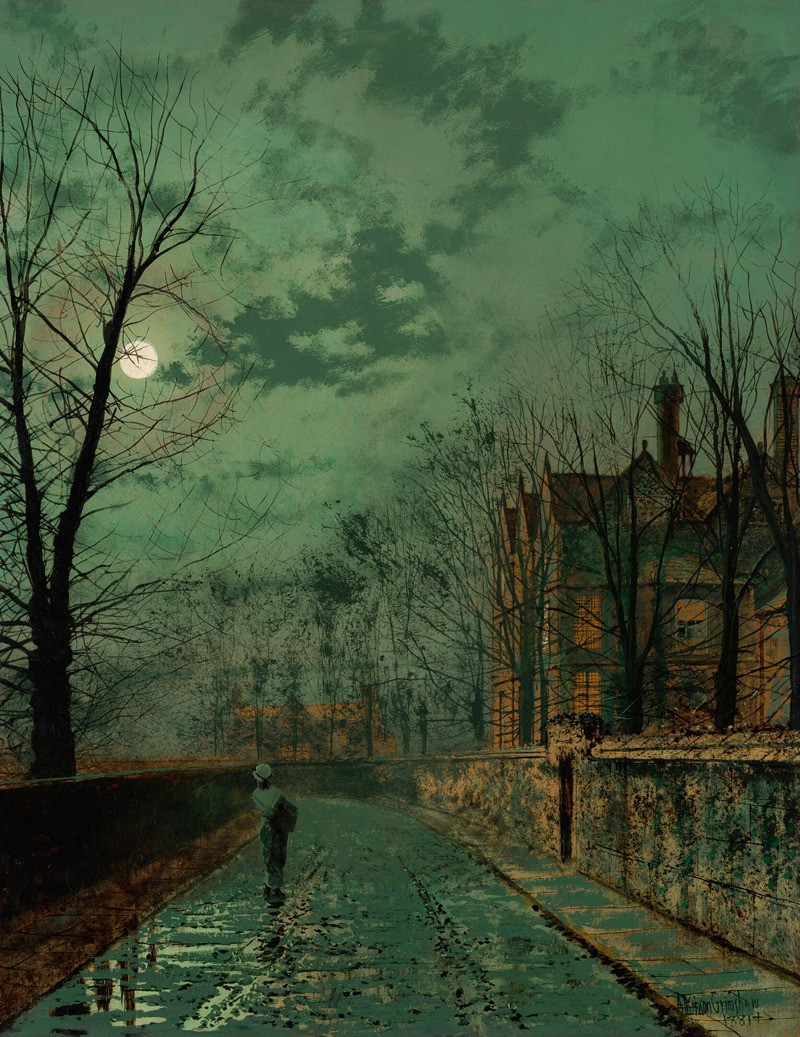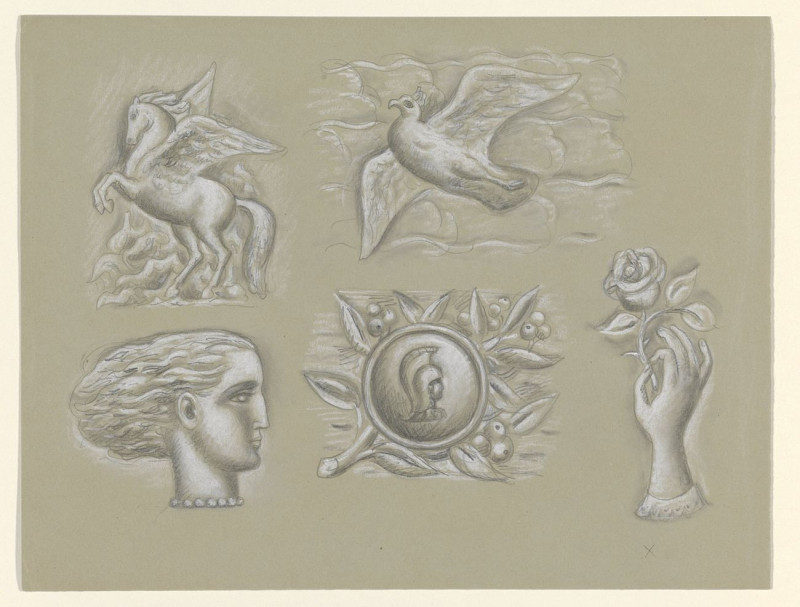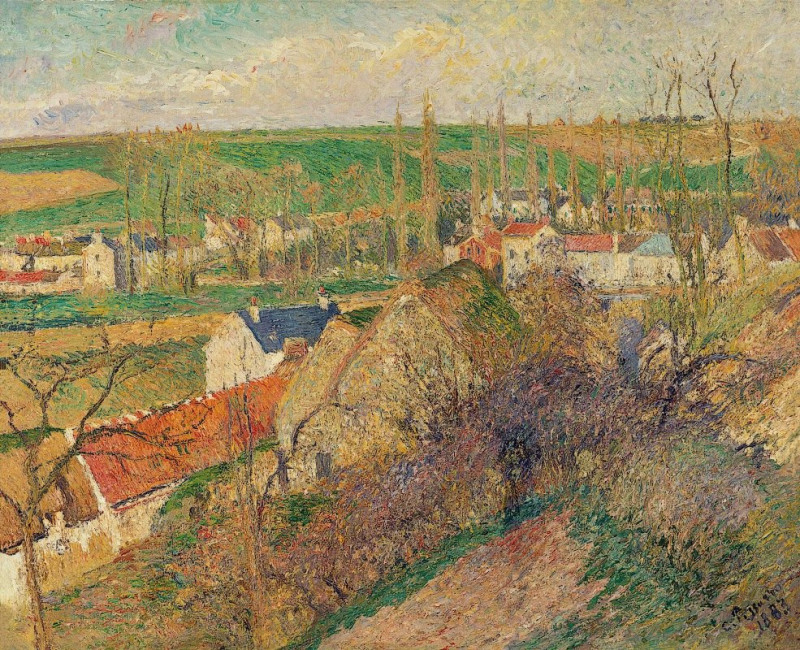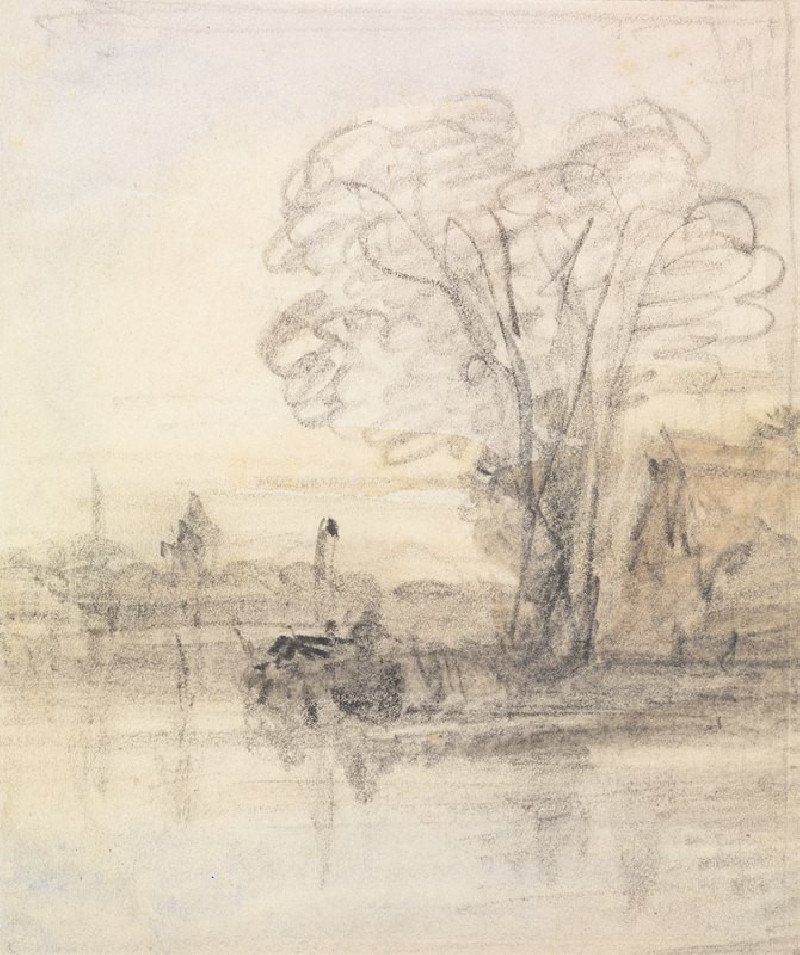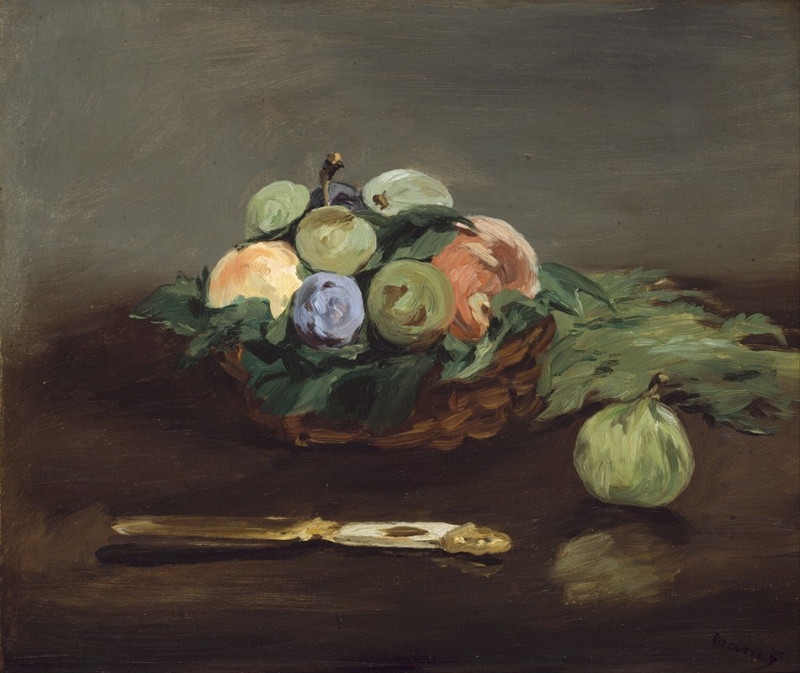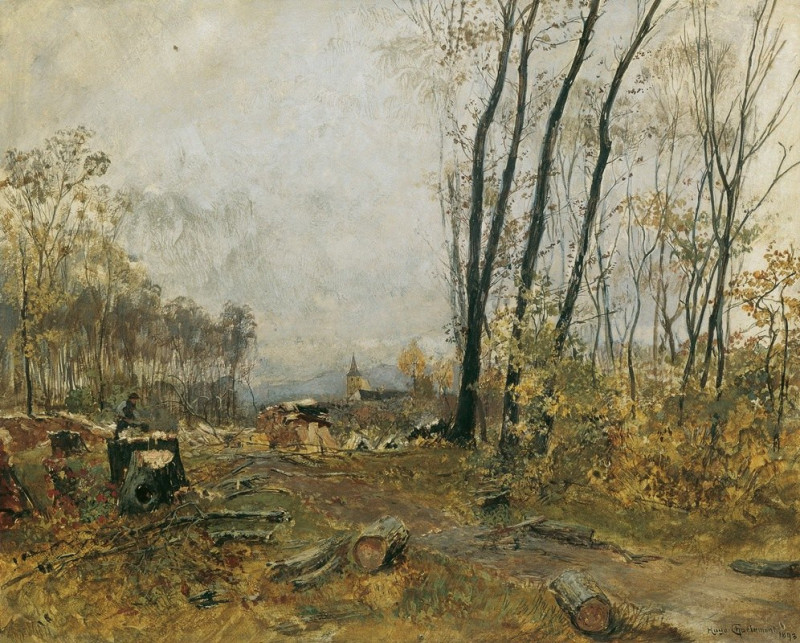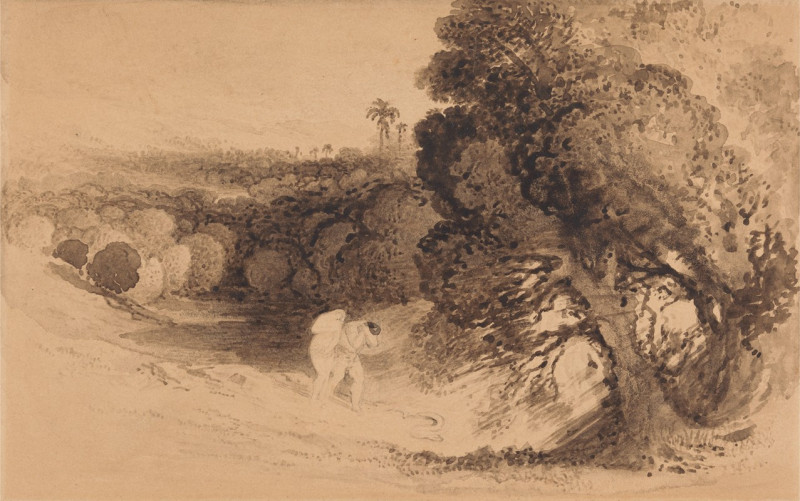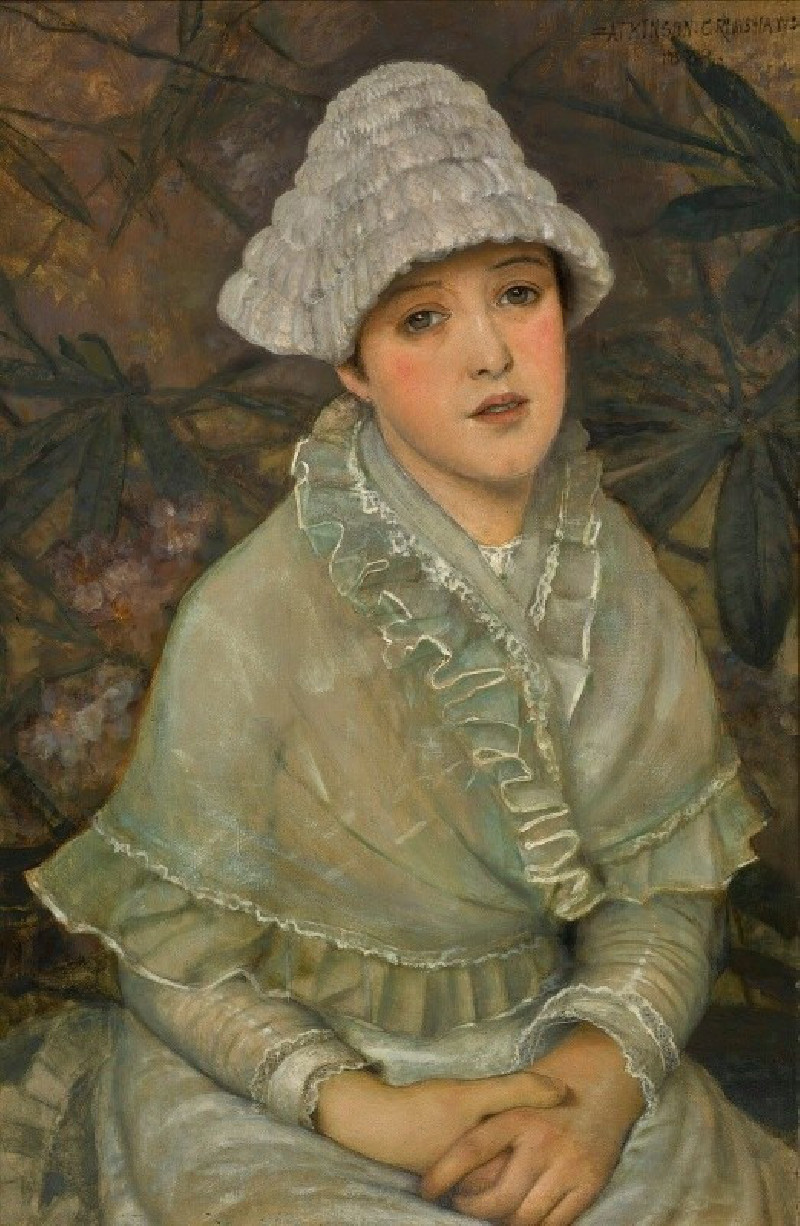Fillettes Devant Saint Germain L’Auxerrois
Technique: Giclée quality print
Recommended by our customers
More about this artwork
In the heart of a bustling Paris scene, the painting "Fillettes Devant Saint Germain L’Auxerrois" by Jean François Raffaëlli captures an ordinary yet enchanting moment. Set against the historic backdrop of the Saint-Germain l'Auxerrois Church, known for its architectural beauty and deep historical significance next to the Louvre, the artwork skillfully portrays the lively dynamics of urban life.The scene is vibrant, populated with figures that range from playing children in the foreground to strolling adults behind them. The little girls, clad in colorful attire, draw immediate attention with their innocent engagement and playful demeanor. Their vibrant dresses stand out, sprinkled throughout the plaza, as they interact under the careful watch of accompanying adults.Raffaëlli's use of light and shadow, combined with a soft yet defined color palette, allows the historic church and ambient architecture to emerge subtly though distinctly. The leafy trees dabbed throughout the scene suggest the season is either spring or summer, adding a fresh, lively atmosphere to the urban setting.The artist, known for his realist and impressionistic style, beautifully blends detail with impression, creating a sense of movement and life that makes the viewer feel as though they have stepped into the scene. Each brushstroke contributes to a cohesive sense of place and time, characterizing Raffaëlli’s deep appreciation and keen observation of Parisian life.A celebration of everyday life and historic architecture, "Fillettes Devant Saint Germain L’Auxerrois" invites admirers to delve into a moment captured in time, where the past and present of Parisian culture are elegantly intertwined.
Delivery
Returns
Jean-François Raffaëlli was a French realist painter, sculptor, and printmaker who exhibited with the Impressionists. He was also active as an actor and writer.
Born in Paris, he was of Tuscan descent through his paternal grandparents. He showed an interest in music and theatre before becoming a painter in 1870. One of his landscape paintings was accepted for exhibition at the Salon in that same year.

